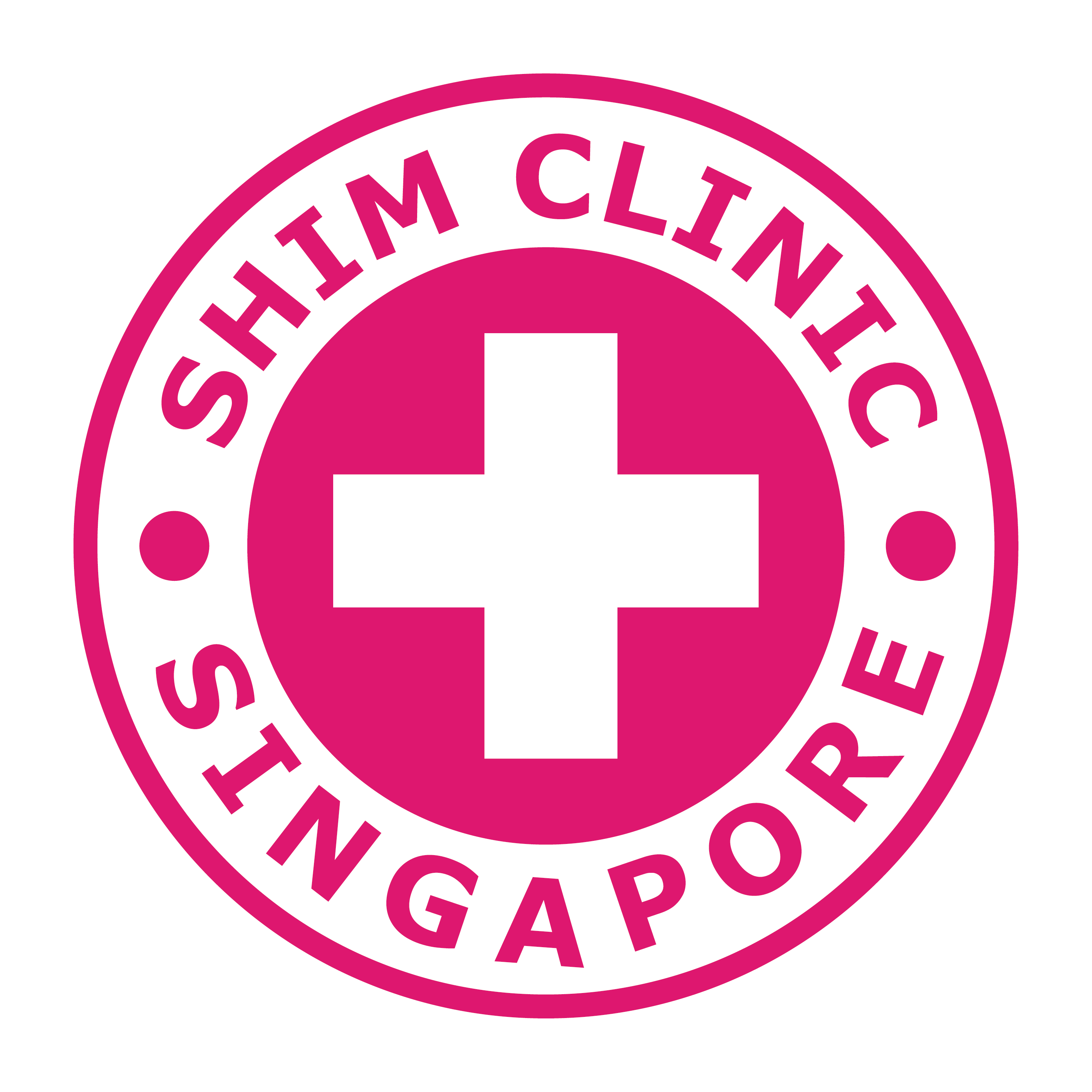Chlamydia Treatment Singapore | Shim Clinic
| Help me about Chlamydia Treatment ! |
| Permalink: https://shimclinic.sg/chlamydia-treatment |
Chlamydia infection is usually treated with antibiotics. However, due to occasional treatment failure, repeat testing must be done to ensure clearance of the infection.
- Doxycycline orally,
- Azithromycin orally,
- Ofloxacin orally, or
- Amoxicillin orally.
TREATMENT
Recommended regimens
Uncomplicated urethral, endocervical, pharyngeal or rectal infections in adults
- Doxycycline 100 mg orally bid x 7 days [1a, A]
or - Azithromycin 1 g orally single dose [1a, A]
Alternative regimens (A)
- Erythromycin 500 mg orally qid [1b, A]
or - Ofloxacin 200 mg orally bid or 400 mg orally od x 7 days [1b, A]
or - Levofloxacin 500 mg orally od x 7 days [1b, A]
or - Tetracycline HCl 500 mg orally qid x 7 days [1b, A]
Not recommended
Ampicillin and Trimethoprim-Sulphamethoxazole
Chlamydia trachomatis infection in pregnancy
Risk factors for Chlamydia trachomatis infection during pregnancy include young age (< 25 years), past history of other STIs, new sex partner within the last 3 months, and multiple sex partners. Pregnant women whose sexual partners have NGU should be examined, and screened for other STIs, and treated on epidemiological grounds.
- Erythromycin 500 mg orally qid x 7 days [1a, A]
or - Azithromycin 1 g orally single dose [1a, A]
or - Amoxicillin 500 mg orally tid x 7 days [1a, A]
Contra-Indicated
Tetracyclines and Ofloxacin are contraindicated during pregnancy.
Neonatal Chlamydia trachomatis conjunctivitis
The other differential diagnoses of conjunctivitis in infants are – gonococcal ophthalmia neonatorum, pyogenic and enteric Gram-negative conjunctivitis.
Diagnosis is made by culture or non-culture tests on specimens taken from the everted eyelid. Systemic treatment is essential to prevent complications such as chlamydia pneumonitis. Topical therapy alone is not adequate and unnecessary when systemic treatment is used. All neonates should be referred to an ophthalmologist.
Syrup Erythromycin – 50 mg/kg/day orally in 4 divided doses x 14 days
An association between oral erythromycin and infantile hypertrophic pyloric stenosis (IHIS) has been reported in infants aged <6 weeks who were treated with this drug. Infants treated with erythromycin should be followed for signs and symptoms of IHPS.
Mothers of infected infants and their sex partners should be screened and treated on epidemiological grounds. Follow up to determine resolution is recommended. The efficacy of erythromycin treatment is approximately 80%; a second course of therapy may be required.
Chlamydia trachomatis pneumonia in infants
Characteristic signs include a repetitive staccato cough and hyperinflation and bilateral diffuse infiltrates on CXR. Wheezing is rare, and infants are often afebrile. Diagnosis is made by culture or non-culture tests on specimens taken from the nasopharynx or tracheal aspirates.
Syrup Erythromycin – 50 mg/kg/day orally in 4 divided doses x 14 days.
Mothers of infected infants and their sex partners should be screened and treated on epidemiological grounds. Follow up to determine resolution is recommended. The efficacy of erythromycin treatment is approximately 80%; a second course of therapy may be required.
Chlamydia trachomatis pelvic inflammatory disease and epididymo-orchitis
- Doxycycline 100 mg orally bid x 14 days [III, B]
or - Ofloxacin 400 mg orally bid x 14 days [III, B]
FOLLOW-UP
A test-of-cure is not necessary when treatment with a tetracycline or azithromycin has been completed, unless symptoms persist or reinfection is suspected.
Test-of-cure is however recommended after 4 weeks for infections in infants, children and pregnant women, or when erythromycin was used.
Non-culture tests (eg NAATs) done within 4 weeks of completing treatment may yield false positive tests due to persistence of chlamydial antigens.
Owing to the increased risk of complications following repeat infection in females, rescreening for reinfection may be indicated especially for high-risk females after 3 to 4 months.
Serologic tests for Syphilis and HIV should be performed; if negative they should be repeated at 3 months for Syphilis and HIV, after the last risky exposure.
Chlamydia treatment:
| Timeline | HIV | STD | Pregnancy |
|---|---|---|---|
| Before exposure | |||
| Contraception (females only) | |||
| HIV PrEP (pre-exposure prophylaxis) - Stop HIV infection before exposure | STD vaccine: - Hepatitis vaccine - HPV vaccine | ||
| STD / HIV exposure | |||
| 0-72 hours | HIV PEP (post-exposure prophylaxis) - Stop HIV infection after exposure | STD testing * - Screening test - to look for asymptomatic infections - from previous exposures | Emergency contraception with the morning-after pill (females only) |
| 2 weeks | HIV DNA Test | ||
| 1 month | HIV 4th Generation Test - SD Bioline HIV Ag/Ab Combo - Fingerprick blood sampling. - 20 minutes to results | ||
| 3 months | HIV 3rd Generation Test - OraQuick® HIV-1/2 Antibody - Oral fluid or - Fingerprick blood sampling. - 20 minutes to results | STD testing * - Full & comprehensive - diagnostic test - to look for current infections | |
| Watch for | HIV Symptoms | STD Symptoms | |
| If infected | HIV Treatment | STD Treatment | Abortion |
References
